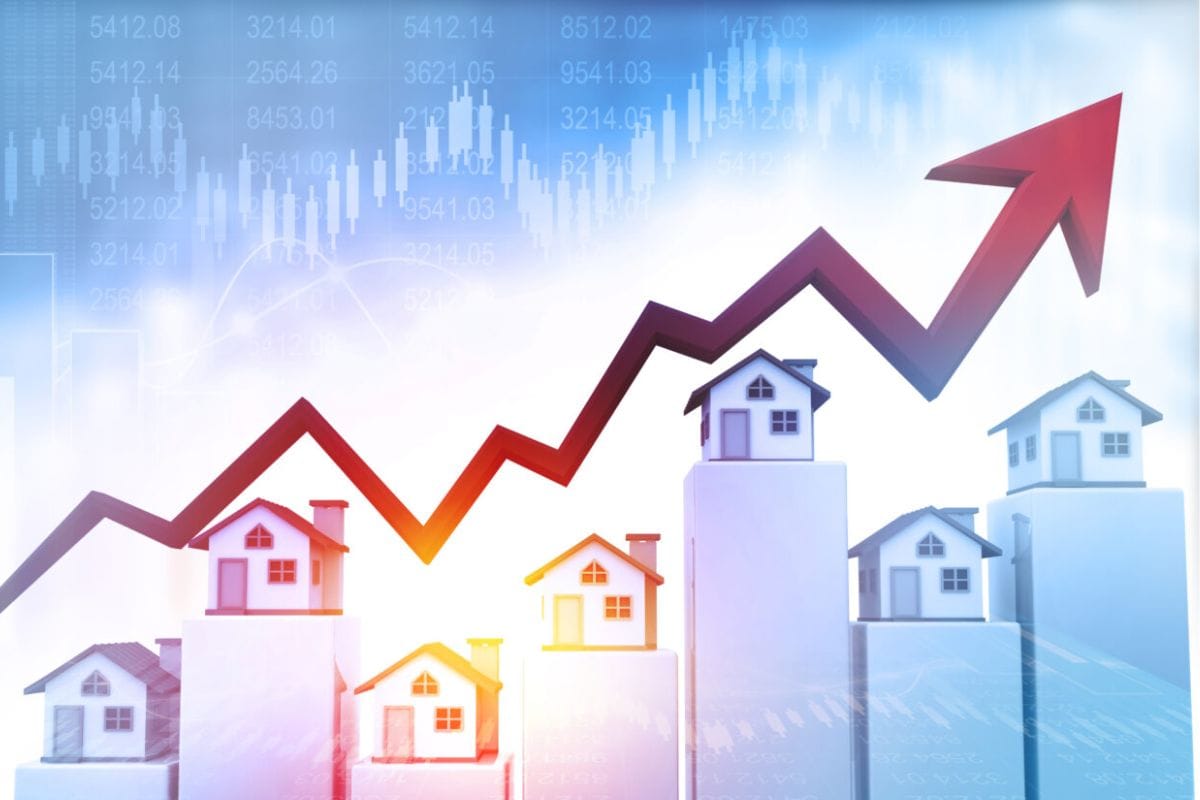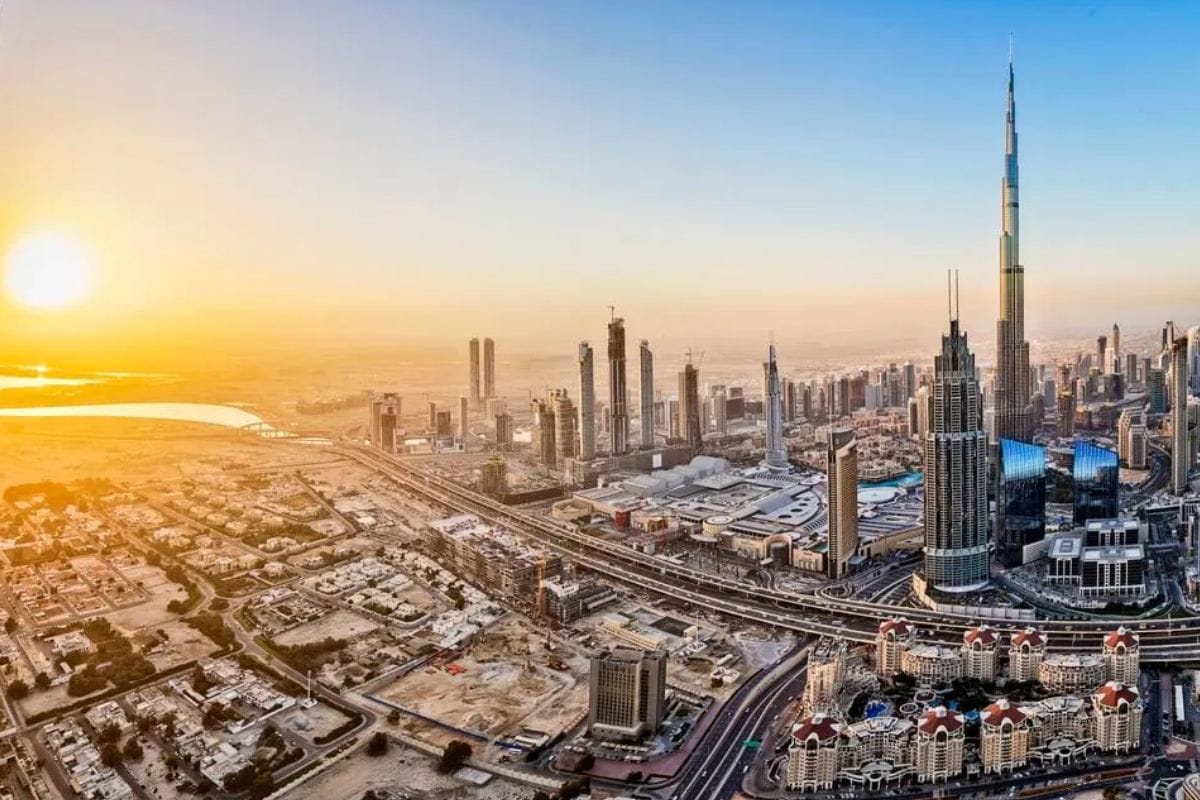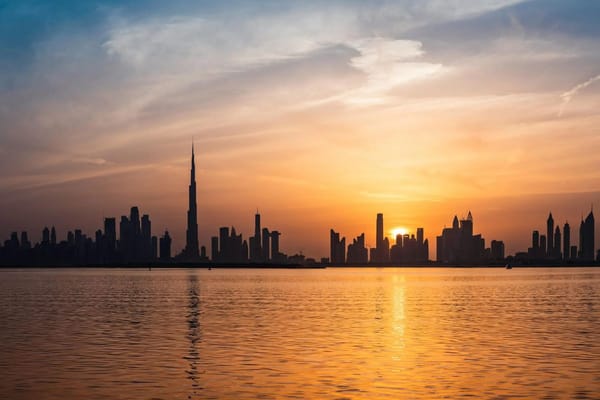The Dubai Metro has emerged as the backbone of the city's urban infrastructure. Since its launch in 2009, this state-of-the-art, driverless transit system has not only eased the daily commute for millions but also connected the city’s diverse districts with precision and efficiency. It is a lifeline that fuels the city’s rapid growth, linking business hubs, residential communities, and tourist attractions with seamless connectivity.
Simultaneously, Dubai's real estate sector is experiencing an unprecedented boom, with property prices rising and new developments cropping up across the city. From luxurious waterfront apartments to commercial spaces, Dubai’s real estate market has become a magnet for investors, businesses, and homeowners. The combination of strategic planning, futuristic infrastructure, and the city’s global appeal has made Dubai one of the world’s most dynamic property markets.
The Dubai Metro has played a pivotal role in shaping this real estate surge. By improving accessibility and connectivity, the metro has transformed once-remote areas into prime real estate hotspots, driving up property values and attracting large-scale investments.
Explore the role of the Dubai Metro in transforming the cityscape and influencing the future of urban development.
Property Value Surge

The Dubai Metro has significantly impacted real estate values, particularly for properties located near its stations. Proximity to a metro station is a key factor influencing property prices, with areas along the Red and Green lines experiencing noticeable appreciation in value. The convenience of easy, reliable public transport increases the appeal of residential and commercial properties, attracting both investors and tenants.
Neighborhoods such as Downtown Dubai, Business Bay, and Dubai Marina have seen considerable growth in property values due to their strategic locations along the metro route. These areas offer residents an efficient means of commuting to key business and leisure hubs, reducing reliance on personal vehicles and cutting down on travel time. As a result, these locations have become hotspots for real estate investment.
For rental properties, being within walking distance of a metro station translates into higher rental yields, driven by tenant demand for accessibility. Investors and developers are increasingly prioritizing projects near metro stations, recognizing the premium such locations command in the market.
Catalyzing New Developments

The Dubai Metro has been a key driver of new real estate developments, particularly in areas that were previously underdeveloped or less accessible. The introduction of Metro lines often precedes significant growth in residential and commercial projects, as developers and investors recognize the potential of areas with strong transportation links.
For example, Al Barsha, once considered a relatively quiet area, experienced a surge in development following the launch of the Red Line, which runs through it. The ease of connectivity provided by the metro transformed the neighborhood into a bustling hub of residential, retail, and commercial spaces. This pattern has been replicated in areas like Dubai Silicon Oasis and Jumeirah Village Circle, where metro access has prompted rapid growth.
Developers increasingly prioritize land near metro stations, knowing that the infrastructure appeals to both residents and businesses. The convenience of public transportation makes these locations highly desirable, resulting in the development of high-density residential complexes, shopping centers, and mixed-use developments.
Moreover, the metro encourages sustainable urban growth by reducing the reliance on cars, leading to greener, more efficient urban environments. It fosters smart, transit-oriented development, ensuring that new projects align with the city’s vision for connectivity and mobility. The long-term prospects for such areas remain strong as the Dubai Metro network continues to expand, opening up more opportunities for development in previously untapped locations.
Enhancing Business Opportunities

The Dubai Metro has significantly enhanced business opportunities by attracting commercial real estate development near its stations. Businesses are increasingly drawn to areas with convenient metro access due to the ease of commuting for employees, customers, and clients. The metro’s ability to connect key business hubs and commercial districts across the city makes it a vital transportation link, leading to increased demand for office spaces, retail outlets, and coworking spaces.
Sheikh Zayed Road and Dubai International Financial Centre (DIFC) are prime examples of how metro proximity can transform business districts. Companies based in these areas benefit from the metro’s extensive network, which facilitates employee commutes and increases foot traffic from both residents and tourists. Retailers, restaurants, and service providers located near metro stations see higher customer engagement, as the Metro makes these areas easily accessible.
Moreover, as Dubai continues to evolve into a global business hub, international companies are more likely to establish regional offices in areas with strong infrastructure and transportation links. The metro has thus become a crucial factor for businesses looking to expand or relocate in Dubai, leading to increased property values and commercial development near stations.
Boosting Tourism and Hospitality

The Dubai Metro has significantly enhanced the tourism and hospitality sectors by making the city’s attractions more accessible. Its extensive network connects key landmarks such as the Burj Khalifa, Dubai Mall, Dubai Marina, and the historic Al Fahidi district, allowing tourists to easily navigate between them. This ease of movement has attracted more tourists to areas that might otherwise have been difficult to reach, increasing foot traffic to popular destinations.
Hotels and serviced apartments located near metro stations have seen a noticeable boost in occupancy rates due to the convenience offered to travelers. Tourists, especially those looking for budget-friendly options, find the metro an efficient and cost-effective way to explore the city without the need for taxis or car rentals. As a result, hospitality properties close to metro stations have become more desirable, driving up demand and, in some cases, property values.
Furthermore, the metro has made it easier for tourists to visit not only iconic landmarks but also lesser-known areas, contributing to a more evenly distributed flow of visitors across the city. This has spurred the development of new hotels, restaurants, and entertainment venues in areas with good Metro connectivity. In turn, these developments have led to increased investment in tourism infrastructure, reinforcing Dubai’s position as a top global destination.
Also Read:















